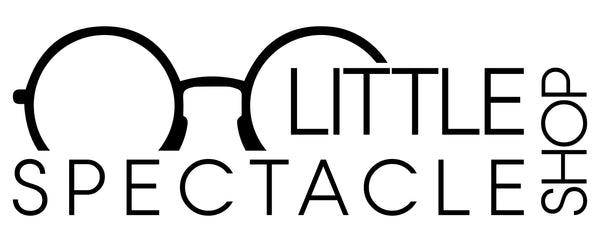The Difference Between Varifocals and Bifocals
Varifocal and bifocal glasses are both designed for people who need help seeing things both far away and up close—typically due to age-related changes in vision (like presbyopia).

Here’s a simple explanation of the difference in lay terms:
Bifocal glasses have two distinct viewing areas separated by a visible line across the lens. The top part is for seeing things at a distance (like watching TV or driving), and the bottom part is for close-up tasks (like reading). You look through the top for far-away, and through the bottom for near. The line in the lens is easy to see, so you can often spot bifocal glasses right away.
Varifocal glasses (also called progressive lenses) look just like regular glasses because they don’t have a visible line. Instead, the lens gradually changes prescription from top to bottom. The upper part is for distance, the middle part is for things like computers (intermediate distance), and the bottom part is for close-up reading. This means you can see clearly at all distances with a seamless transition—your vision shifts smoothly as you move your eyes up and down the lens.
Key differences:
Bifocals: Two areas, visible line, quick switch between near and distance.
Varifocals: No visible line, gradual change, smooth vision at all distances (far, intermediate, and close).
In short: If you want a simple, affordable lens and don’t mind the line, bifocals work well. If you prefer a more natural feel with no lines and want to see clearly at all distances, varifocals are the modern choice.
All visitors and booking enquiries receive FREE entry into our Giveaway prize draw .
